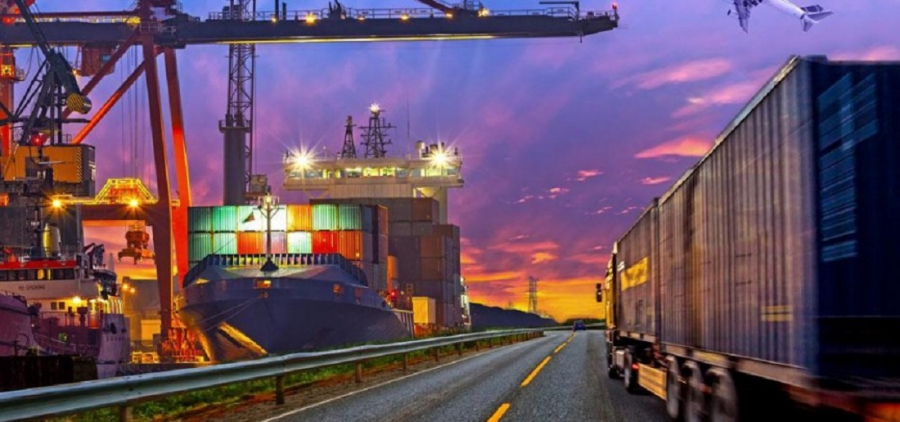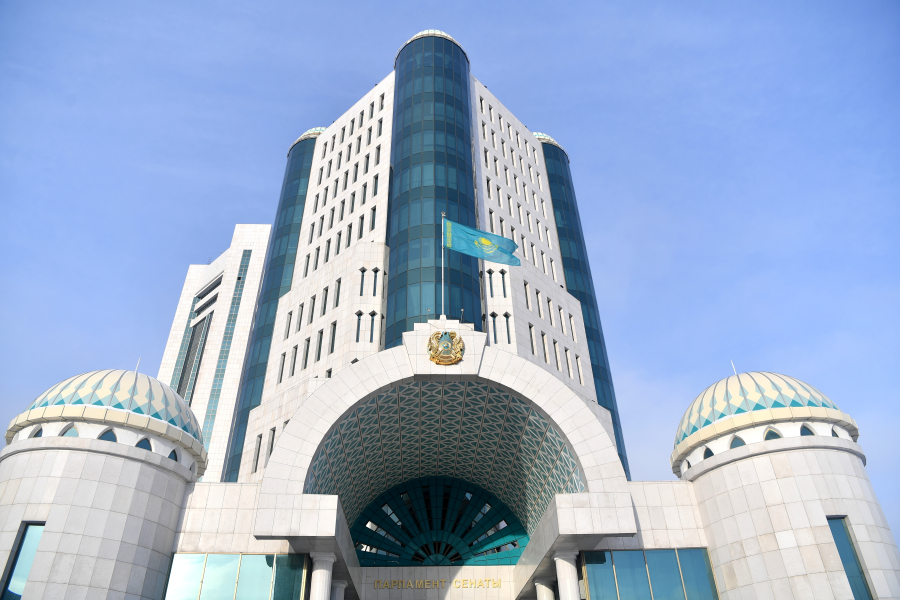
Preventing disruption in logistics chains and ensuring security of supplies - cargo carriers discussed the possibilities of transport corridors at an international exhibition. On the one hand, new crossings should satisfy both cargo holders and recipients in terms of cost and speed, and on the other hand, bear a minimum risk of falling under secondary sanctions. Kazakhstan’s transit and export cargoes are now being redirected to the Trans-Caspian International Transport Route. Agreements with new foreign partners are being actively built.
“This is a difficult situation. And in this situation, no one knows how to properly build trade and transport routes. There is no clear answer as to what actions may or may not lead to sanctions. At the moment, this is an opportunity for Kazakh business to build its own strong and correct chain using Kazakh assets. And by that I mean transshipment terminals, freight rolling stock and locomotives,” said Timur Karabayev, Chairman of a railway rolling stock operator of Kazakhstan.
“One of such passages is TITR. Middle Corridor was at one time launched and built under the auspices of the Kazakh railways, and now the time has come to use it to its full potential. It passes through Kuryk transiting across the Caspian Sea, and then it is possible to reach Europe by sea or from Kuryk through Batumi to Baku-Tbilisi-Kars. We can get to Turkey’s Istanbul or Mersin. We are currently implementing these corridors,” added Julia Shabanova, Director of a Greek multimodal transport company.
Kazakhstan, Azerbaijan, Georgia and Turkey have already agreed to establish a joint transport and logistics company. Also, in order to increase cargo traffic along the trans-Caspian route, it is planned to create a container hub based on the Aktau free economic zone.
Translation by Assem Zhanmukhanova and Saule Mukhamejanova









